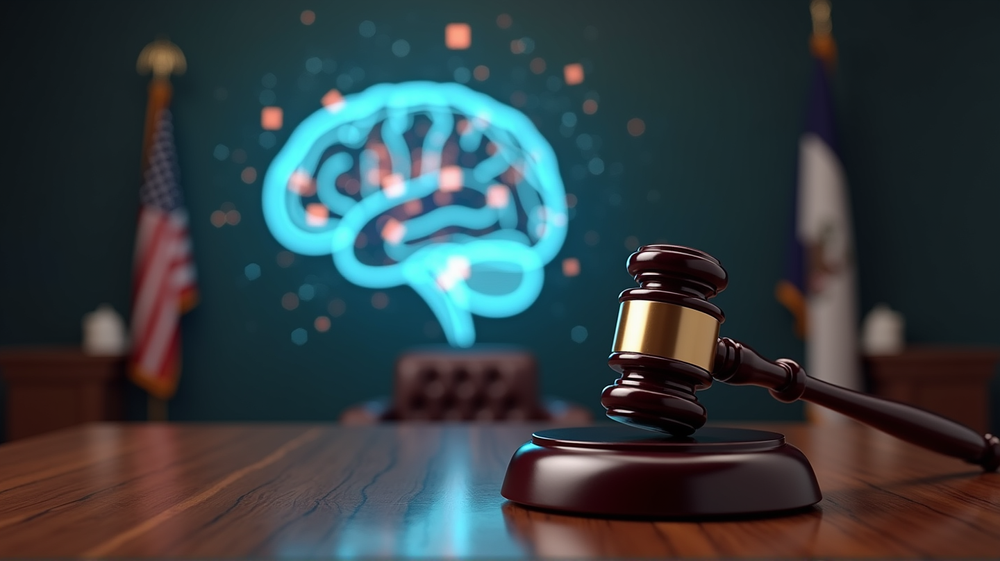The Provocation: A Tragic Loss
In 2025, the state of Illinois set the stage for a national debate with the enactment of the WOPR Act. This landmark legislation was a response to the rising fears over the unregulated use of artificial intelligence in mental health care. The catalyst was a heart-wrenching incident involving 16-year-old Adam Raine, whose suicide led to public outcry over AI therapy bots’ perceived roles. Legislators sought to ensure that mental health remains a field governed by qualified humans, not software.
Defining the Boundaries: What’s In and What’s Out
The WOPR Act drew a decisive line in the sand, skillfully separating what AI could and could not do in the realm of mental health:
What’s Shielded
AI’s role is firmly sidelined from diagnosis and therapy, redirecting these functions to human professionals. Any AI pretending to mimic therapeutic interaction, such as chatbots offering prescriptions or counseling, is swiftly shown the door by lawmakers.
What’s Allowed
AI is welcome in supportive roles—handling administrative tasks and enhancing wellness without risking ethical breaches. Here, technology assists without overstepping into licensed domains, ensuring efficiency in healthcare management while promising innovation under strict human oversight.
Enforcement Muscle: Keeping Compliance Tight
Illinois isn’t shy about enforcing these regulations. With substantial fines and strong oversight from the Illinois Department of Financial and Professional Regulation, the state amps up deterrence. Firms failing to comply face stringent consequences, from monetary penalties to being banned from operating in Illinois.
The Ripple Effect: Industry Shockwaves
The WOPR Act is shaking up the AI and healthcare sectors. Tech firms dealing with AI-driven therapy no longer cater to the Illinois population, spurring them to rethink product offerings. This pressure could soon extend nationwide, prompting pre-emptive adjustments from tech industry giants.
A Balancing Act: Safety or Protectionism?
The act is touted as a safeguard for patients but faces accusations of maintaining therapists’ dominance by eliminating digital competition. The tug-of-war between safety and job protection raises questions about whether AI should share the therapeutic stage and how tightly it should be held in check.
Looking Ahead: Navigating Uncertainty
Healthcare and AI practitioners are on a new playing field. Conferences swirl with discussions on state autonomy concerning AI regulation. The future landscape depends heavily on whether other states will echo Illinois’ call for restriction or lean toward supervised AI integration. Meanwhile, Illinois stands as a case study in managing the delicate balance between innovation and human touch in mental health care.
According to NCHStats, this evolving narrative continues to shape the AI regulatory environment, challenging industries to adapt while reminding us of the human complexities underlying technological advances.













